The New Substack Status Game: Paid Subscriber Badges
What those flowers mean, how to get them, and why this change matters more than you think
Have you noticed a little gray flower next to someone’s name on Substack lately?
It’s not just a design flourish. Substack quietly rolled out a new system of paid subscriber badges: small icons that appear next to your name in Notes, comments, and profiles if you’re actively paying for one or more publications.
At first glance, it might seem like simply a nice little thank-you to loyal readers. But this update is doing more than signaling support. These badges are reshaping how status, trust, and participation work on the platform, and they’re sparking a wide range of reactions from creators and subscribers alike.
In this article, I’ll break down:
What these badges are and how to get them.
How visibility works (and what you can and can’t hide).
Why this feature is more strategic than it looks, and what it means for the platform's future.
Let’s dig into the flower and the Substack status game it quietly launched. 🌼
What the Badges Are & How They Work
Substack’s new paid subscriber badges are small flower icons that show up next to a user’s name in comments, Notes, and profiles. They’re meant to visually signal that a user is financially supporting at least one Substack publication.
Who Gets a Badge?
If you’re a paying subscriber to any Substack publication (monthly, annual, or founding member), you’ll see a gray flower badge next to your name. Think of it like a frequent flyer badge for supporting independent writers.
There are different badges available depending on the number of publications you subscribe to (1+, 5+, or 10+ paid subscriptions).
Only active paid subscriptions count.
Comped or gifted subscriptions do not count toward your badge total.
The paid subscriber badge works a little differently for Substack Bestsellers, who will usually have their bestseller badge on their profile rather than the flower badge (even if they have active subscriptions). However, clicking on their bestseller badge will reveal if the Bestseller has a paid subscriber badge. Moreover, if a Bestseller has chosen to hide their bestseller badge (which many do to stay private or build in stealth mode), then their flower badge (if they have one) will appear on their profile instead.
For example, when clicking on Emily Sundberg’s purple bestseller badge (she runs Feed Me, one of the biggest publications on Substack), I can see that she has 46 paid subscriptions—epic, by the way.
What Happens When Someone Clicks On Your Badge?
Here’s where paid subscriber badges get interesting (and maybe a little controversial). When someone clicks on your name or badge:
They can see how many paid subscriptions you have.
They may also see which publications you pay for and how long you’ve been subscribed to each one (e.g., 2 days, 3 weeks, 5 months, 1 year).
Can You Control Who Sees What?
Before the paid subscriber badge rolled out, you could choose to show or hide your individual Substack subscriptions on your profile. That hasn’t changed, and the paid subscriber badge uses the same settings.

If your subscriptions are displayed on your profile, they will be listed alongside your badge. If they are not shown on your profile, they will not be listed with your badge. Intsead, your badge will list how many paid subscriptions you have without any more details.
You can also fine-tune which paid subscriptions are displayed with your badge by clicking the three dots in the top-right corner of your badge page.
After that, you can hide all publications, make all publications public, or use the toggles to customize the visibility of individual publications.
You can also choose to hide your badge completely. To hide your paid subscriber badge, visit your profile, click “Edit profile,” scroll down to privacy, and turn the Subscriber badge toggle off.
Why Substack Did This (and Why It Matters)
On the surface, these badges might look like a nice gesture: a little flower, a quiet thank-you, a nod to the people who support independent publishing.
But this is Substack. And Substack doesn’t do anything accidentally.
This update isn’t just about aesthetics; it’s a subtle but strategic move designed to shape behavior, build trust, and grow the platform.
1. Private Support Has Become a Public Identity
Until now, paying for a Substack was a mostly private act. You supported a writer, maybe left a comment, but your participation wasn’t immediately visible.
Badges change that.
Now, the act of paying becomes a public signal; a small but powerful way of saying “I’m a real person, I believe in this work, and I’m part of this community.”
Chris Best, Substack’s CEO, explicitly said this in his announcement:
When people see you subscribe, you are creating a valuable signal that you are a real human and not a bot, and aiding in the fight against spam, trolls, and other problems that plague internet platforms. When you see someone who subscribes to the same thing as you, you have an instant connection.
In other words, Substack is transforming paid support into a matter of identity and trust.
2. Gameified Social Proof Creates a Growth Flywheel
Here’s where things get really smart: The badges aren’t just about trust. They’re also a growth mechanic.
Seeing someone with a flower badge can trigger FOMO.
Knowing that others support a publication makes you more likely to do the same (hello, social proof).
Having your badge visible in replies or Notes increases your own exposure and might even drive attention back to your publication.
It’s subtle gamification. A way to:
Normalize paying for content.
Make readers feel like they’re “part of something.”
Encourage creators to support one another (and be seen doing it).
We’ve seen this before: Twitter/X verification, GitHub activity streaks, LinkedIn badges for top voices. Substack’s flower system is its own version, tailored for the trust-based world of newsletters.
3. A Lightweight Solution to Platform Spam
Substack has been slowly evolving from a one-way publishing tool into a social network for ideas. But with that shift comes moderation challenges, including spam, bots, and bad actors.
By making support public and visible, badges create a lightweight verification layer that does not require centralized moderation or a formal “checkmark” system.
In other words, if you’ve got a flower, you’re likely a real person who is financially engaged with the ecosystem and more likely to be treated as a trustworthy participant.
This Might Only Be the Beginning
Badges might seem like a small feature. But from a product strategy perspective, they’re infrastructure: a way to build identity, status, and community into the core of the Substack experience.
This is more than a UI tweak. It’s a platform-level foundation for what could become a broader ecosystem of visibility, rewards, and social signals.
Here’s where it could go.
1. More Types of Badges
Right now, badges only reward financial support. But this same system could easily be extended to reward other forms of engagement:
Top commenters or most-liked replies.
Superfans who open or share posts consistently.
Referrers who bring in new subscribers.
Founding members or early adopters.
All of these could be made visible through new badge types, creating a mini economy of participation and status, not unlike Reddit’s award system or Discord roles.
It’s not hard to imagine a future where: “This reader has driven 83 paid subs and left 241 comments.”
2. New Incentives for Creators
Badges don’t just signal who’s supporting, they also give creators new tools to mobilize their audience.
Think about the possibilities:
Running limited-time campaigns: “Support now and get a badge before X date.”
Celebrating “top supporters” in Notes or posts.
Encouraging mutual support among writers (badge visibility as a form of cross-promotion).
Using visible badges as lightweight testimonials in public discussions.
It’s social proof baked into the interface.
And because the badge is platform-native, creators wouldn’t need to build their own tiers, plugins, or workarounds. Substack just gave everyone a new lever.
3. A Reputation System Without Moderators
Platforms like Twitter, Instagram, and LinkedIn heavily rely on central moderation or algorithmic trust scores to manage user behavior.
Substack’s badges offer something different:
A decentralized, opt-in signal of good standing.
Tied not to behavior, but to economic participation.
Visible wherever you show up on the platform.
That’s useful now. But it could become essential as Notes, recommendations, and chat features grow. Imagine if badge-holders got priority in Notes feeds or visibility boosts in comments.
In other words: your badge might become your passport.
4. And Yes… It’s Monetizable
Substack is a business in the business of helping creators make money. Badges aren’t just about trust and community. Badges also create:
A reason to subscribe to more than one publication.
Subtle peer pressure to become a paid reader.
New upgrade paths for free subscribers who want the flower.
Substack has always resisted turning into a “growth hack” platform. But badges are a clever, on-brand way to drive revenue without feeling transactional.
And if they choose to expand this system, badges could become part of premium tiers, affiliate programs, or even creator collaborations.
The grey flower could just be the start.
But Not Everyone Loves the Flower 🌼
While some users are embracing badges as a way to show support and build community, not everyone is a fan.
Early reactions surfaced a few key critiques:
Performative vibes: Some worry that the badges turn a private act of support into a public status symbol, one that is less about community and more about clout.
Aesthetic clutter: Especially in Notes and comments, the gray flowers are already being called out for being visually noisy.
Privacy concerns: Users didn’t expect their paid subscriptions and the duration they’ve held them to be instantly viewable when someone clicks their name.
Skepticism about platform motive: One commenter compared it to The Sneetches by Dr. Seuss, implying that badges might create subtle hierarchies among readers.
But it’s also clear this feature is here to stay, and that it’s a strategic move, not just a cosmetic update.
A Small Flower, A Big Signal
Substack’s new paid subscriber badges are simple on the surface: a little gray flower next to your name. But behind that subtle design choice is a much bigger shift in how the platform thinks about identity, support, and visibility.
By turning private transactions into public signals, Substack is:
Nudging more people to pay.
Rewarding participation with status.
Building the foundation for a more networked, gamified ecosystem.
Whether you see that as a smart growth move, a community-building gesture, or the beginning of a Substack-style status game… well, that’s kind of the point.
To endless possibilities,
Casandra
💬 Discussion topic: What do you think about paid subscriber badges? Do you see this as a smart product move, or does it feel a little Sneetchy to you? Leave a comment below; I’d love to hear your take!





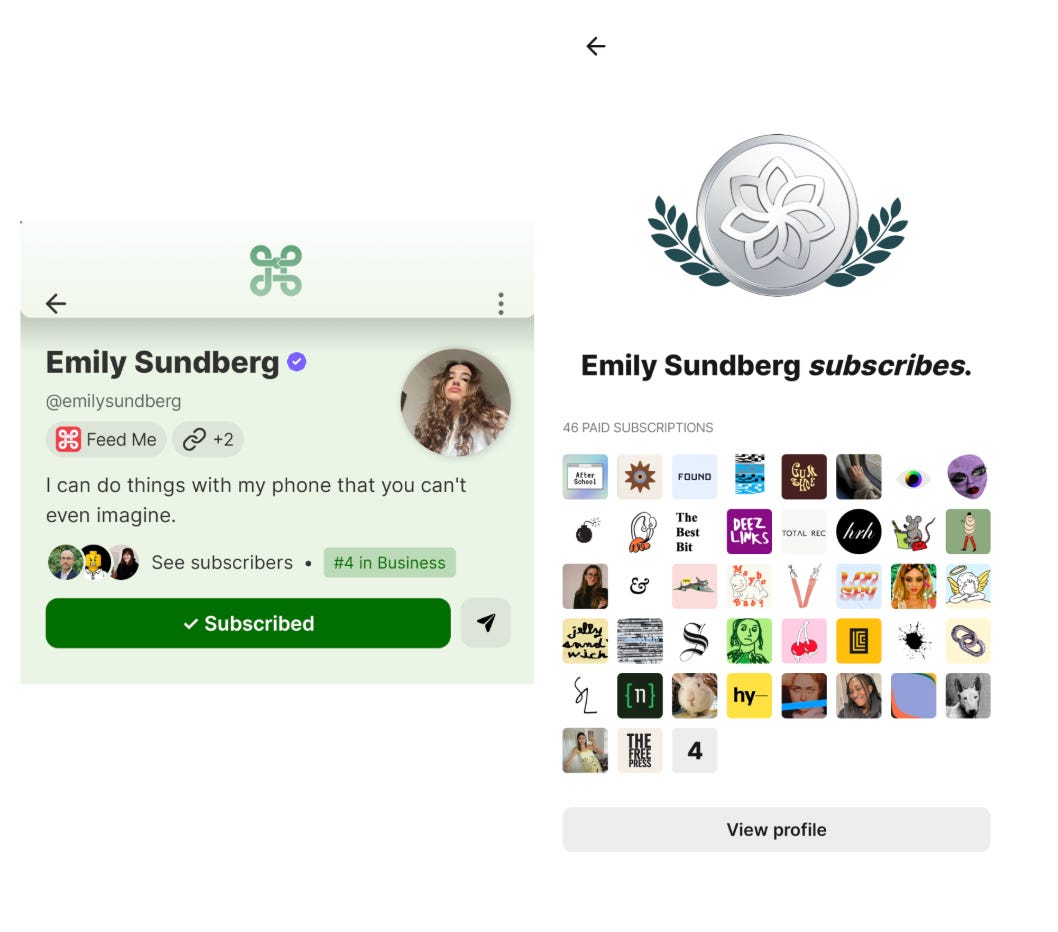
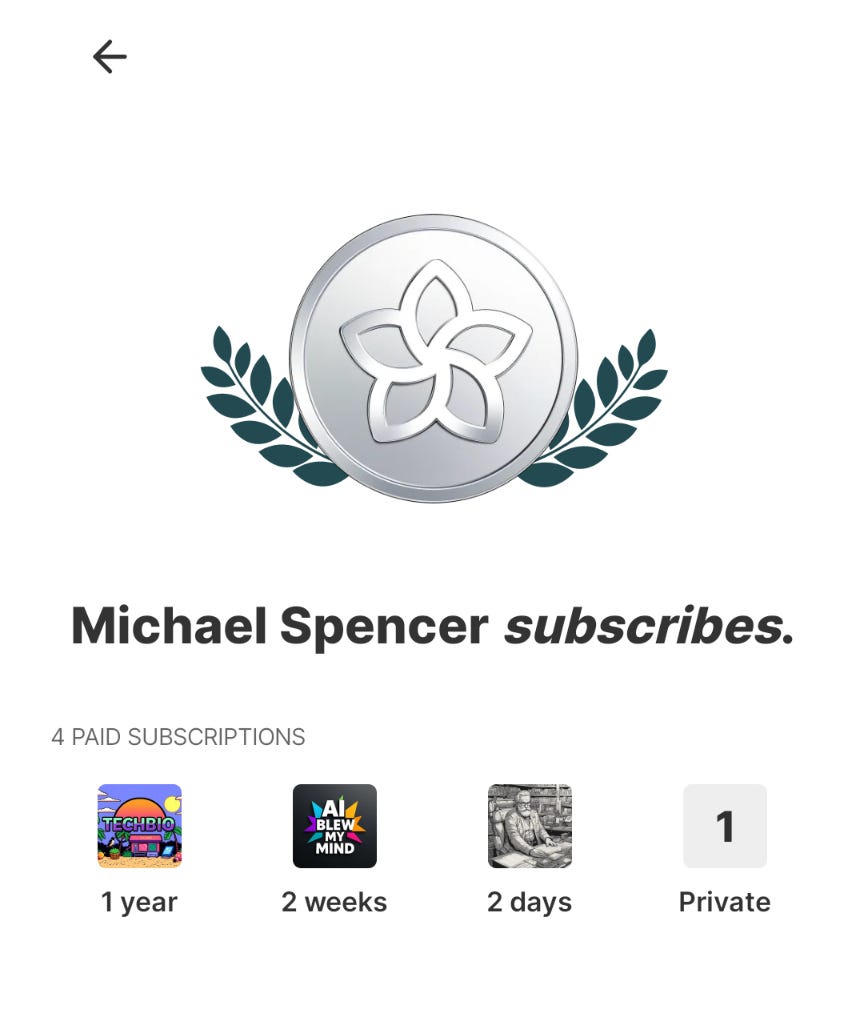


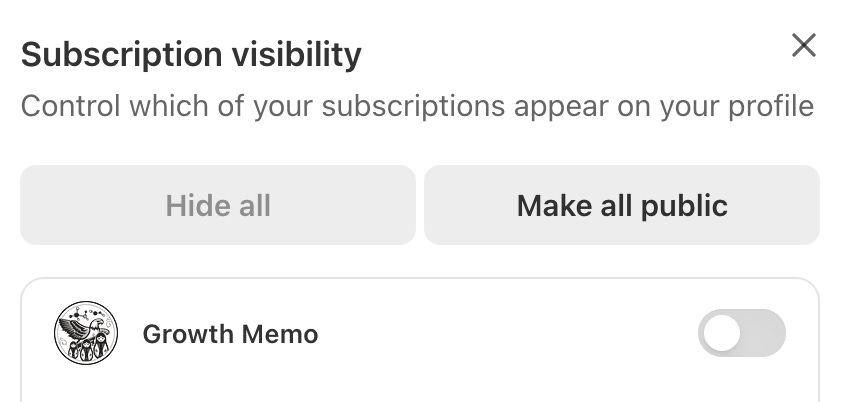
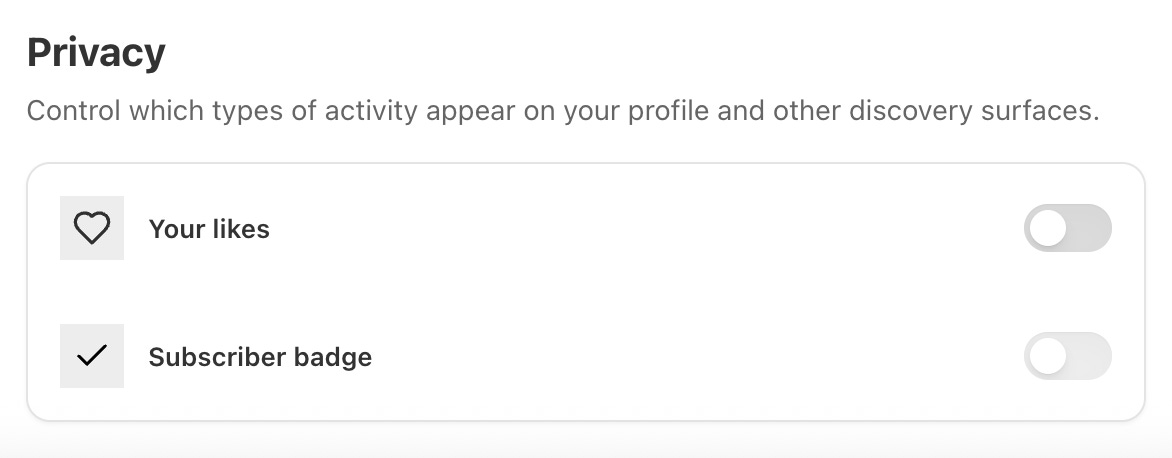
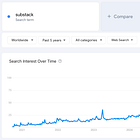
Flower badges on Substack 🌸 : I hate them so much (hate hate hate)!
Although if their main purpose is to reduce bots and allow for non-biased moderation, I guess the alternatives might be worse.
But I hate them because they remind me of the huge cultural divide between Americans and the rest of us... they are cultural imperialism.
They remind me that American culture is deeply rooted in the concepts of status and shame. The flowers tap into both concepts:
🌸 status because you can show off how wealthy and generous you are by having a flower with heaps of petals... (ewww)
🌸 shame because they shame people who don't (or can't) pay for multiple subscriptions.
I come from a culture that's less concerned about status and shame than US culture and I dislike having these emotional levers activated in my favourite online platform.
And I certainly won't be hating on you if you don't have a flower badge next to your name.
This was an amazing analyzation! Personally, I love the badges. It shows me who is participating in the giving and receiving flow of abundance. I don’t want to become a paying subscriber to someone who isn’t a paying subscriber to someone else. That’s how real wealth is circulated.